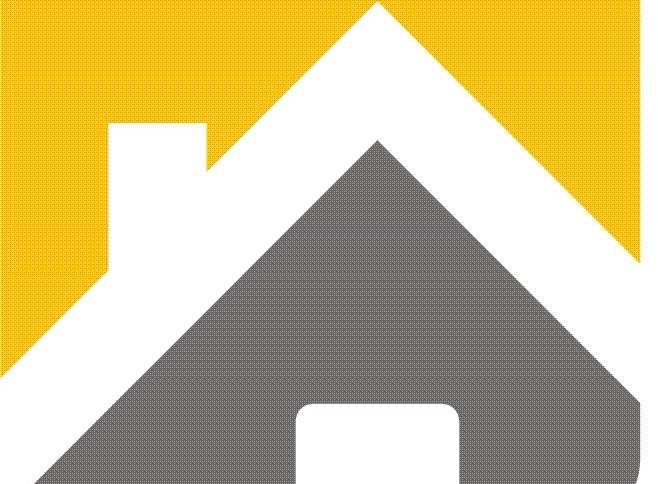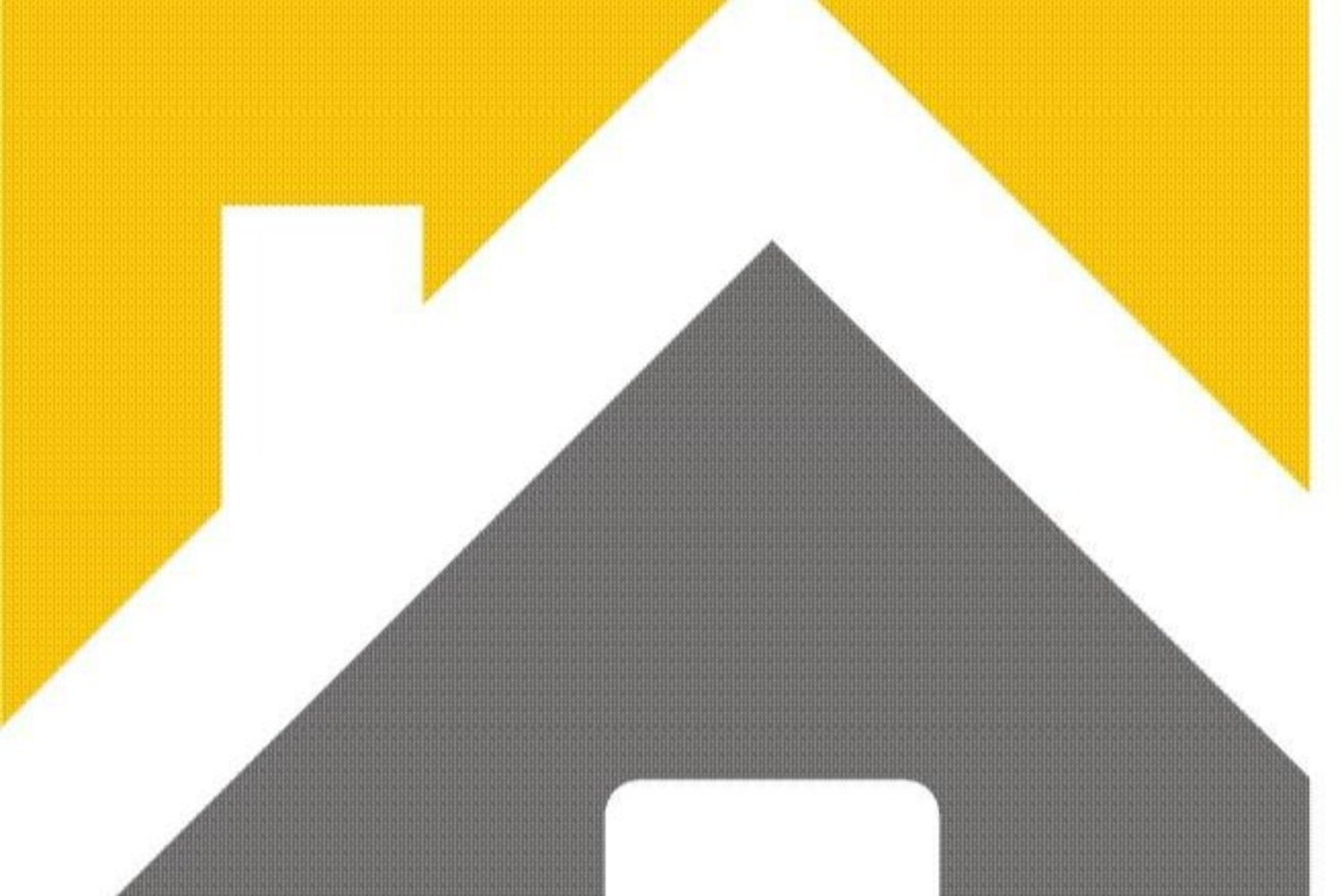THE NEXT BIG THING IN AGING IN PLACE
Your end-of-life caregiver may be a robot — why that might not be such a bad thing!
For 40 years, Victoria and Kelly have lived in their suburban home. The house is where they’ve collected a lifetime of memories. Every square foot of their three-bedroom split-level is a monument to their shared life’s work. But the aging couple now finds this symbol of their shared success is becoming a challenge.
Planning Ahead
Victoria and Kelly’s unspoken strategy is to divide and conquer. Kelly takes the lead on yard work, car maintenance, and appliance repairs. He can still do most jobs around the house. But certain tasks, like seasonally hauling out the ladder to change the batteries of the dozen smoke alarms scattered throughout the house, have gone from rituals to major chores.
Victoria is effectively the home’s chief purchasing officer, taking charge of grocery and pharmacy shopping. She takes the lead in arranging doctor’s appointments and helping Kelly maintain a diet and medication regimen to manage his diabetes. Diagnosed with macular degeneration, she does most errands during the day as driving at night has become more difficult.
Victoria has an idea of the challenges ahead. While caring for her parents, she saw how all the big and little tasks that are required if one is to live at home independently can eventually become unmanageable. Neither Victoria nor Kelly is certain how long they can keep it up.
They are not alone. According to an AARP survey, 77% of adults over 50 would like to stay in their current homes as they age. However, only 46% believe they will be able to do so.
Where technology can help
How can older adults like Victoria and Kelly solve for what amounts to a constellation of challenges in maintaining their homes and their independence? The solution probably won’t come in the form of a singular moonshot (e.g., a discovery of the Fountain of Youth), but rather as a battery of small innovations working together to accomplish something greater.
The growing intelligence of everyday digitized objects has made it possible for everything from kitchen appliances to home heating systems to manage tasks by themselves. Many of these products are well-known: the Nest thermostat, the internet-enabled refrigerator, smart televisions, home-monitoring systems, even the humble Roomba. While automation of home security and entertainment is not new, the introduction of AI-based smart speakers, such as Amazon’s Alexa and Google Home, has made connecting and controlling various technologies throughout the home far easier for people of all ages. These smart “hubs” are a bedrock for future connected homes.
Read: tools and solutions for aging-in-place
Kelly’s home-maintenance routine will be far easier with home systems that not only monitor the home but automatically connect to trusted service providers. Internet-of-things company Smaart House, for example, offers a multisensor system that can detect everything from air temperature to water leaks. Major home insurers are now offering insurance discounts for homeowners who use such systems.
While detecting a leak is important, fixing it is the hard part. Smaart House provides a value-add service so that once a leak is detected the homeowner is then connected to an available plumber. Intelligent device-plus-service transforms a simple sensor into a comprehensive home service.
The home is also evolving as a platform for connected health care. AI-enabled devices and services help people manage medical conditions, such as Kelly with his diabetes, as well as detect changes that might predict a health event.
Piecing it together
Given the widespread desire among older adults to age in place, many people will consider the expense to be worth it. The internet has made our lives easier in all sorts of ways, and transforming the home into a service platform — not to mention a more livable place — appears to be the logical next step.

